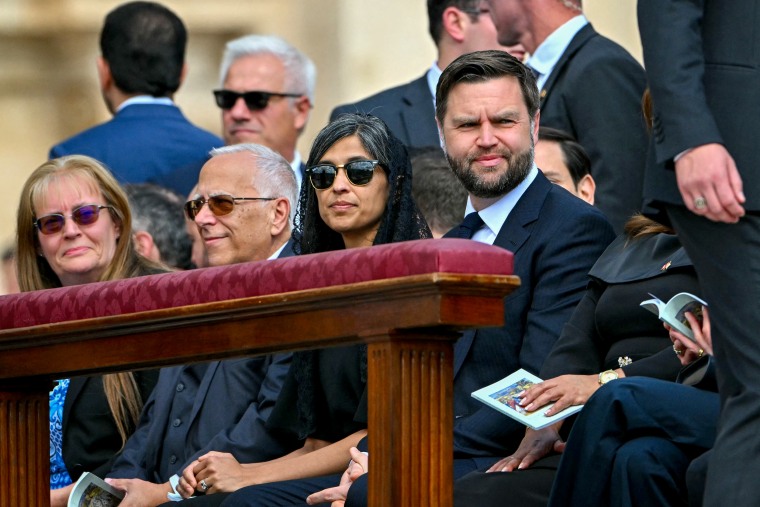The Significance of the Pallium: Tradition, Symbolism, and Modern Relevance
The pallium stands as one of the most enduring symbols of authority and unity within the Catholic Church. Worn by popes and metropolitan archbishops, this woolen vestment links centuries of faith, heritage, and ecclesiastical responsibility. But what exactly is the pallium, and why does it still matter in contemporary Catholic life?

What Is the Pallium?
A pallium is a narrow band of white wool, adorned with six black crosses, draped over the shoulders. Limited to the pope and certain archbishops, it is bestowed as a sign of communion with the Holy See. Made from lamb’s wool, its origin reflects the image of the Good Shepherd, underscoring themes of humility and dedication to the flock. The symbolic act of conferring the pallium takes place in the presence of the faithful, reinforcing a sense of unity in the Church's hierarchy.
The Historical and Symbolic Roots of the Pallium
Historically, the pallium’s use dates back as early as the fourth century. Its name comes from the Latin word for 'cloak.' Over time, it evolved into a specified liturgical vestment, signifying authority delegated by the pope to metropolitan archbishops. The connection between the pallium and papal authority witnessed a renewed focus during significant events, such as papal inaugurations. For example, the recent inaugural Mass of Pope Leo XIV in St. Peter’s Square highlighted the deep-rooted traditions tied to this sacred garment, as detailed in CBS Philadelphia’s report.
The Modern Relevance of the Pallium
The pallium continues to serve as a visual reminder of the interconnectedness among Church leaders and their shared responsibilities. This was especially evident during the installation of Pope Leo XIV, where the pontiff emphasized unity and inclusivity in his message, themes swiftly echoed through major global news outlets such as The New York Times. The ritual not only honors tradition but also provides a tangible link to the Church’s spiritual mission.
Leadership, Faith, and the Pallium’s Continuing Meaning
The significance of the pallium is not just relegated to liturgical practice but also seen in the lives of Catholic leaders around the world. Recently, high-profile officials, including U.S. Vice President JD Vance, attended the Mass for Pope Leo XIV, highlighting how the pallium resonates even among those entering the Catholic faith as adults. Vance's journey and participation at the Vatican were well documented in NBC News' coverage, further underlining the broad impact of the pallium on global Catholic identity and leadership.
Conclusion: The Lasting Legacy of the Pallium
The pallium’s significance goes far beyond its physical appearance. It symbolizes a deep, lasting commitment to unity, tradition, and the shepherding of the faithful. In today’s rapidly changing world, the pallium offers a reminder that enduring symbols can unite communities and inspire future generations. For anyone interested in Catholic traditions or the continuity of faith leadership, the story of the pallium remains an inspiring chapter that bridges the ancient and the modern Church.